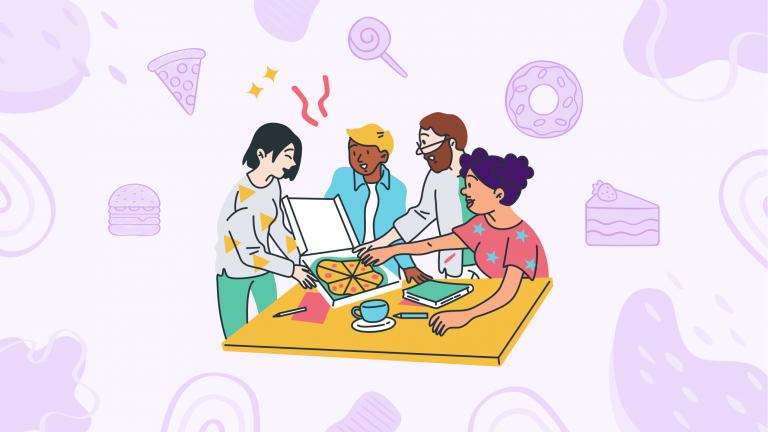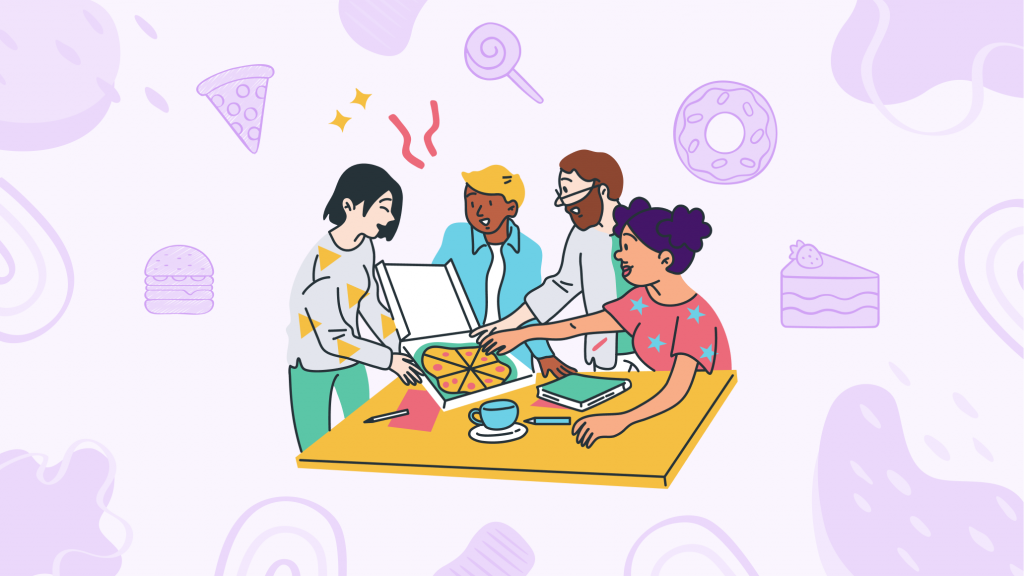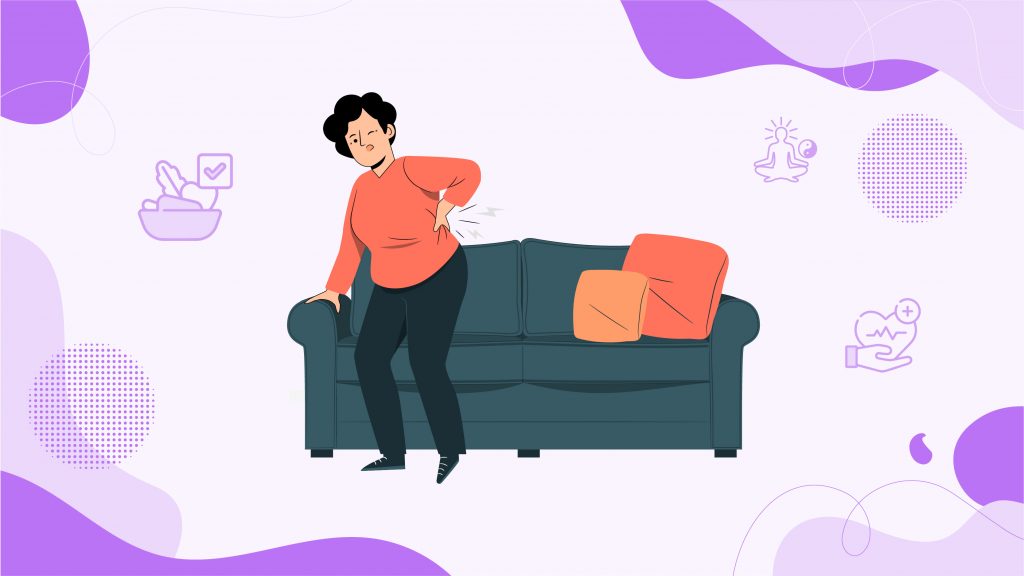When Eyes Oversize Appetites
Ah, the Serving Size Struggle! It’s like every meal is a showdown in the wild west of dining, where “bigger is better” rules the roost.
We’re constantly lassoed into eating more than we need, thanks to those jumbo-sized plates and mega meals that have become all too common. It’s like our eyes and our stomachs are in a never-ending tug-of-war, and let’s be real, our eyes often win, leading us to chow down way past the point of being full.
It’s not just about muscling tḩrough with sheer willpower, either. It’s about steering through a world where the buffet of excess tempts us at every turn. Recognizing when to say “I’m good” has become a fine art, obscured by the norm of piling it high and eating it all. So, navigating this oversized landscape? It’s like trying to find the exit in a maze where every turn is another invitation to indulge.
The Science Behind Satiety
Our ability to regulate food intake isn’t just a matter of conscious choice; it’s deeply rooted in our biology. The brain, particularly areas like the hypothalamus, plays a crucial role in controlling hunger and fullness signals.
Neurotransmitters like dopamine light up our pleasure centers in response to food, especially those high in fat, sugar, or salt, pushing us to eat more than we need. Additionally, external cues like plate size, food variety, and social settings can override our internal satiety signals, leading to overeating.
This intricate dance of biology and environment underscores why managing portion control can be so tricky. The gut-brain axis, a communication network linking the enteric nervous system of the gastrointestinal tract with the central nervous system, further complicates this relationship.
Hormones released from the gut during and after eating, like cholecystokinin (CCK) and glucagon-like peptide-1 (GLP-1), send satiety signals to the brain, helping to regulate how much we eat. However, when faced with an abundance of palatable food, our evolved instinct to consume high-energy resources can overpower these satiety signals, urging us to eat even when we’re not physically hungry. Moreover, the modern food environment, with its relentless marketing of processed foods and larger portion sizes, constantly challenges our natural regulatory mechanisms.
This environment can shift our perception of normal portion sizes, making it harder to gauge how much food is enough and further complicating our efforts to maintain a balanced diet.
Subscribe to newsletter
Get your Gut Health Starter Guide right now.
Elevate your Tuesdays with practical, science-backed wisdom propelling you forward on your gut health journey.

Portion Control Power Play: Strategies for Success
Navigating the minefield of modern eating habits requires a strategic approach to portion control:
- Mindful Eating: Slow down and savor your food. This helps you better recognize your body’s fullness signals and enjoy what you’re eating, reducing the likelihood of overeating.
- Know Your Portions: Familiarize yourself with standard serving sizes and use measuring tools or visual comparisons (like a fist or a deck of cards) to gauge portions accurately.
- Plate It Right: Use smaller plates to naturally encourage smaller servings. This simple switch can trick your brain into feeling satisfied with less food.
- Healthy Halfsies: Fill at least half of your plate with vegetables and fruits, ensuring you get plenty of nutrients and fiber, which help promote fullness with fewer calories.
- Plan and Prepare: Planning meals and pre-portioning snacks can prevent impulsive overeating and help you stick to appropriate serving sizes.
Portion Control in Practice
Meet Jamie, a software developer whose love for coding was rivaled only by his love for snacking. “Working from home meant easy access to the kitchen, and I often found myself eating out of habit, not hunger,” Jamie recalls.
The realization hit when his energy levels plummeted, and his health markers veered off track.
Jamie’s journey to portion control began with mindfulness. “I started paying attention to my hunger cues and used smaller plates for my meals, which was surprisingly effective,” he shares. He also embraced meal prepping, ensuring he had balanced, pre-portioned meals ready, which helped curb his tendency to overeat during mealtimes.
“The change wasn’t overnight, but it was steady. I learned to appreciate food more and found that I was satisfied with less. My energy levels improved, and so did my health,” Jamie reflects. His story is a testament to the power of portion control in transforming not just eating habits but overall well-being.
Mastering portion control is more than a dietary change; it’s a shift in mindset. By adopting practical strategies and changing how we view and consume food, we can foster healthier eating habits that contribute to our long-term health and satisfaction, proving that sometimes, less really is more.


















